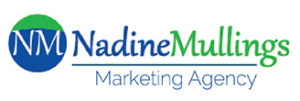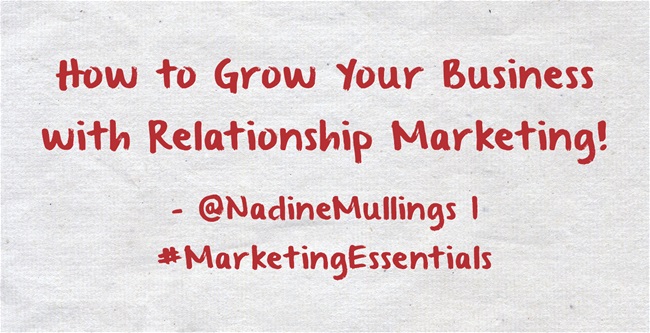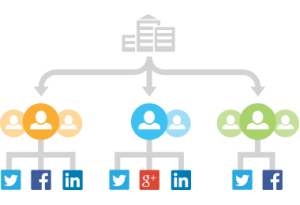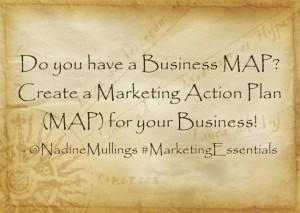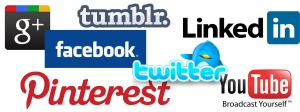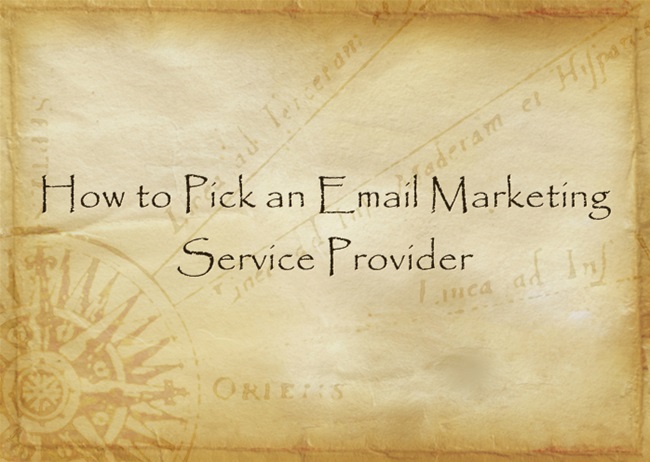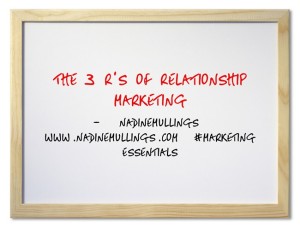 In my previous post, How to Grow Your Business with Relationship Marketing, I defined Relationship Marketing as the activities involved in building a greater connection with your clients, prospects and partners. This strong connection often leads to the sale of products or services, and also increases loyalty to your brand or company.
In my previous post, How to Grow Your Business with Relationship Marketing, I defined Relationship Marketing as the activities involved in building a greater connection with your clients, prospects and partners. This strong connection often leads to the sale of products or services, and also increases loyalty to your brand or company.
The benefits of using Relationship Marketing strategies in your business include the following 3 R’s:
- Referral Business– Referral business can be one of the best ways to get business, because a referral basically comes with an endorsement from the person who is doing the referring. A great source of referrals comes from current clients, partners, and even your prospects, so building a strong relationship with your clients, prospects, and partners becomes vital for your business. In order for someone to feel comfortable referring you, they must know, like and trust you. When you use online relationship marketing strategies including, email, blogging, social media, etc., these activities help people to get to know you, like you and trust you, which in turn gives them confidence in referring your products or services to others. Referrals can be a great source of new business and can be a large percentage of where you get your business from, so nurturing your relationships with relationship marketing is a great way to grow your business through referrals.
- Repeat Business– Once a person becomes your customer by purchasing a product or a service, your next goal should be to stay top of mind so that they will purchase that product or service again if they need it, or they will consider your company for other products or services that they may need. That’s why conducting relationship marketing with your current customers by practicing activities to nurture the relationship and stay top of mind will help with getting repeat business from your current customers. Some relationship marketing strategies you can use for current customers include; Customer Appreciation Events, Sending Cards on special occassions including: Birthdays, Holidays, Anniversaries, Offering VIP discounts for current customers, etc.
- Retain Business– It tends to be more expensive to get a new customer than it is to retain the customers that you have, so it is important to nurture the relationships that you have with your current customers to make sure that you keep their business. Some relationship marketing strategies to retain business include, showing appreciation for their business by sending “Thank You” cards, making follow-up calls to make sure they are satisfied with the service they have received or are receiving from your company, providing an excellent customer experience. The customer experience includes pre-purchase, during purchasing, and post purchase. How are you making sure that each step is a good encounter for your customer?
Are you using Relationship Marketing strategies to retain business and get repeat and referral business? What are some other relationship marketing strategies you can use to grow your business?
